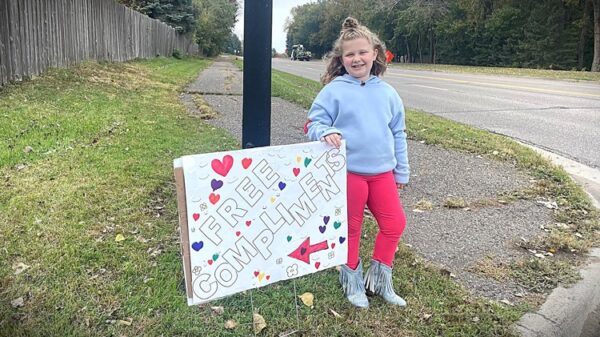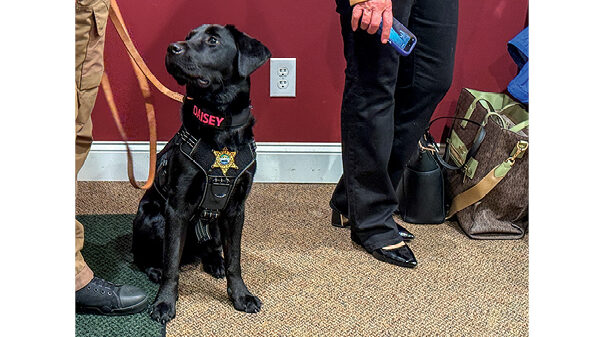A comprehensive review by the International Osteoporosis Foundation (IOF) has revealed that reducing sedentary behavior is crucial for maintaining bone health across all age groups. The study indicates that even light daily activity can significantly lower the risk of fractures, underscoring the importance of moving more and sitting less.
The review, conducted by the IOF Rehabilitation Working Group, synthesizes findings from various studies, reviews, and meta-analyses to explore the relationship between physical activity, sedentary behavior, and bone health. According to Professor Olivier Bruyère, PhD, the lead author, “This review highlights a critical message for populations worldwide: bone health depends not only on engaging in regular physical activity but also on reducing the hours we spend in sedentary behavior.”
Bone Mineral Density (BMD) is a key focus of the research. It measures the mineral content within a specific volume of bone, indicating strength. The findings show that prolonged sedentary time is associated with lower BMD, increasing fracture risk, particularly at weight-bearing sites such as the hip and femoral neck.
Impact on Different Age Groups
The review outlines the implications of sedentary behavior and physical activity for children, adults, and older adults. In children and adolescents, excessive sitting, particularly due to screen time, correlates with lower BMD at critical growth sites. Engaging in weight-bearing activities like running and jumping during developmental years can enhance bone mass. School-based activity programs demonstrated lasting benefits, but consistent participation is essential for maintenance.
For adults, regular moderate-to-vigorous physical activity, especially weight-bearing and resistance training, supports higher BMD and mitigates fracture risk. The review indicates that uninterrupted sitting has a more detrimental effect than shorter sitting bouts, reinforcing the need for regular movement throughout the day.
Older adults particularly benefit from even light activity. Simple actions like walking or household chores can improve BMD and reduce fracture risk, especially among postmenopausal women. The review highlights that replacing just 30 minutes of sitting with light activity can lead to measurable improvements in bone health, particularly in women over 50.
Recommendations for Health and Policy
The findings emphasize the independent effects of physical activity and sedentary behavior on bone health. Engaging in physical activity does not negate the harmful effects of prolonged sitting. Small adjustments, such as standing or walking more frequently, can have significant benefits.
The World Health Organization (WHO) guidelines align closely with these findings, recommending 60 minutes of physical activity per day for children and 150 to 300 minutes per week for adults, alongside minimizing sedentary time. In a joint statement, Professor Nicholas Harvey and Eugene McCloskey urged governments and healthcare providers to implement public health strategies that promote active lifestyles while reducing sedentary behaviors.
Despite some limitations in the review, such as reliance on self-reported data and variations in nutrition and body weight, the implications for real-world applications are clear. Medical professionals should assess and encourage physical activity during routine visits, similar to prescribing medication. Additionally, public health policies should focus on creating environments conducive to physical activity, such as walkable cities and accessible recreational facilities.
The takeaway from this review is straightforward: increasing daily movement, even in the form of light activities, is beneficial for bone health. Reducing sedentary time is essential for fracture prevention across all age groups. The study was published in the journal Calcified Tissue International in March 2024, marking a significant contribution to ongoing discussions about bone health and physical activity.





































































